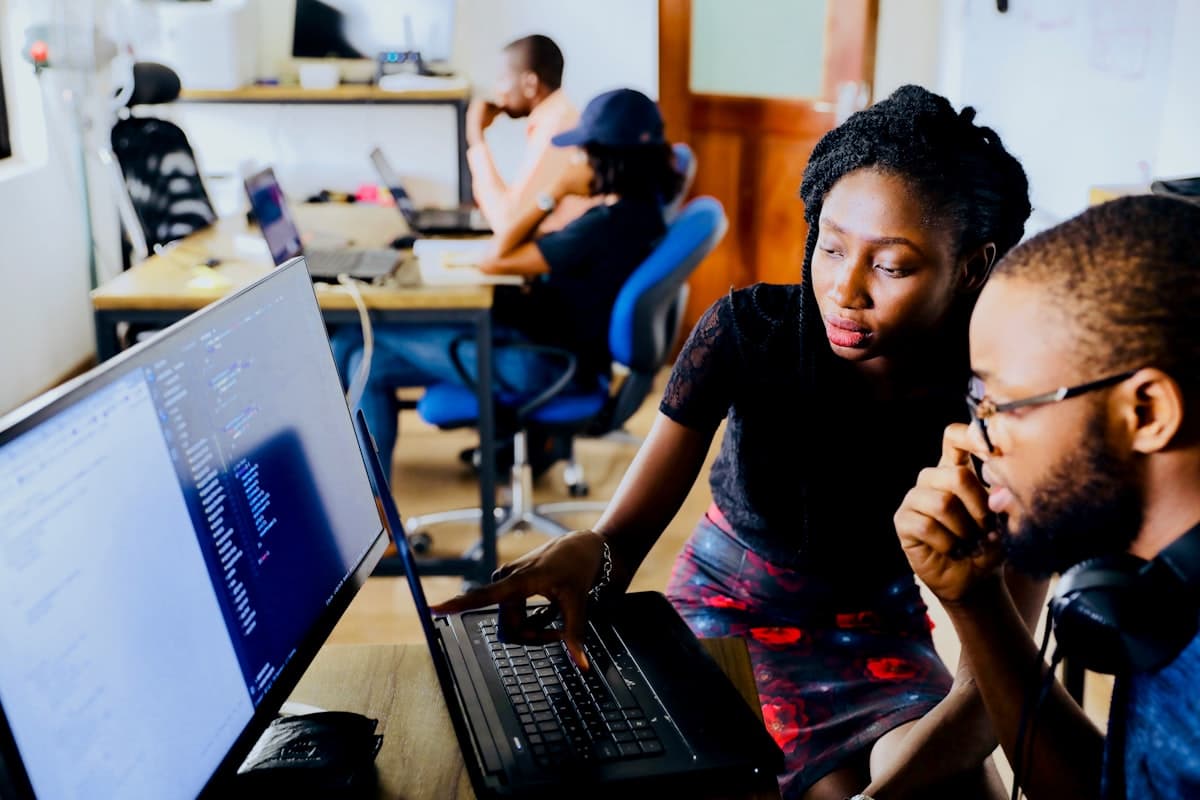AI and the Film Industry: The Future of Creative Work
How AI tools like Sora and Midjourney are revolutionizing film production and what it means for creative professional roles in the future.

A Revolution in Visual Production
The film industry is in the midst of a fundamental transformation. AI-driven production tools have accelerated over the past 18 months from experimental prototypes to production-ready solutions being implemented in major studios worldwide. The development curve resembles the impact of digitalization in the 1990s – but at a significantly faster pace.
Sora: Text-to-Video as a Production Tool
OpenAI's Sora represents a technological breakthrough in generative video. The platform uses diffusion models to transform natural language into high-resolution video sequences, fundamentally changing production economics across multiple areas.
Pre-visualization and Concept Development
Traditionally, pre-vis has required specialized teams and weeks of work. With Sora, directors and creative leads can iterate conceptual ideas in real-time, radically compressing the development phase. Cost per iteration drops from tens of thousands of dollars to virtually zero.
Dynamic Storyboarding
Static storyboards are being replaced by animated sequences that provide a more precise representation of the final result. This reduces misunderstandings between creative teams and production units, which in turn reduces costly retakes.
VFX and Post-production
Complex visual effects that previously required large VFX houses and months of rendering time can now be generated in fractions of that time. This democratizes access to high-quality effects for smaller production companies.
Supplementary Material
B-roll and filler material – often time-consuming and expensive to produce – can now be generated on-demand, optimizing production budgets and timelines.
Midjourney in Professional Workflows
Midjourney has established itself as the industry standard in conceptual design. The platform's latest versions (v6 and later) deliver photorealistic results with fine-grained control over composition, lighting, and style.
The tool's adoption within the film industry is driven by several factors: iteration speed that is 10-100x faster than traditional methods, the ability to quickly explore visual directions and styles, generation of comprehensive reference material for production teams, and rapid prototyping of costume and production design.
Major studios have begun integrating Midjourney into their standardized pipelines, often in combination with traditional 3D tools like Maya and Blender.
Market Effects and Professional Role Dynamics
The implementation of AI tools creates a heterogeneous impact across different professional categories. Our analysis identifies three main categories based on automation risk.
High Risk for Disruption
Junior VFX Artists: Basic compositing, rotoscoping, and tracking are being automated at an accelerating pace. Demand for junior roles has decreased by an estimated 30-40% since 2023.
Rotoscope Specialists: AI-based masking and tracking systems from companies like Runway and Topaz Labs now perform at or above human operator levels for standard tasks.
Junior Concept Artists: Basic visual concept work is particularly vulnerable. Midjourney and DALL-E 3 can produce professional concept images in seconds.
Stock Footage Researchers: AI can both search for and generate required material, making this specialist role increasingly obsolete.
Adaptive Transformation
Cinematographers: The role is evolving to include AI-assisted image composition and virtual production workflows. Technical competence is becoming as important as artistic vision.
Editors: Integration of AI-generated content requires new workflow competencies. Hybrid editing between traditional and AI-generated material becomes standard.
Production Designers: AI functions as an accelerator for rapid prototyping and visualization. The role shifts toward curator and art director for AI-generated concepts.
Resilient to Automation
Directors: Overall creative vision, narrative structure, and team leadership remain fundamentally human competencies.
Directors of Photography: Artistic decisions about lighting, image composition, and visual storytelling require higher cognitive functions that AI doesn't yet replicate.
Senior VFX Supervisors: Quality control, technical problem-solving, and coordination of complex productions require experience and human judgment.
Screenwriters: Narrative structure, character development, and dialogue remain strongly human domains, despite advances in LLM technology.
Emerging Professional Roles
The technological shift is simultaneously creating new specialist roles that didn't exist three years ago.
AI Workflow Architects: Design and implement AI tools in existing production pipelines. Requires both technical competence and deep understanding of film production.
Prompt Engineering Specialists: Develop and optimize prompts for consistent, high-quality AI generation. This role combines technical precision with artistic sensibility.
AI Quality Assurance: Ensure that AI-generated content meets production standards for continuity, quality, and style.
Hybrid Production Artists: Combine traditional production techniques with AI tools for optimized workflows. This will likely become the standard profile for many creative roles going forward.
Strategic Recommendations for Industry Professionals
To navigate this transformative period requires proactive skill development.
1. Implement AI Tools in Current Workflow
Start experimenting with available tools like Midjourney, Runway, and ElevenLabs. Practical experience is crucial.
2. Develop Technical Literacy
Understand basic principles of how diffusion models, LLMs, and neural networks function. This provides strategic advantage in negotiations and project planning.
3. Deepen Domain Expertise
Double down on competencies that AI cannot effectively replicate: narrative structure, emotional intelligence, team leadership, and artistic vision.
4. Build Hybrid Competence
Combine traditional production skills with AI proficiency. This creates unique value propositions in the job market.
5. Network Strategically
Engage with communities working at the intersection of traditional film production and AI. Conferences like SIGGRAPH and platforms like Discord servers for AI artists are valuable resources.
Future Perspective
AI is redefining production economics and workflows within the film industry, but creative storytelling remains a fundamentally human competency. Future competitiveness lies not in resisting technological change, but in the ability to strategically integrate new tools with established expertise.
Industry professionals who position themselves as bridge-builders between traditional film art and AI-assisted production will have significant advantages in the emerging market. The critical step is to start experimenting now – both to understand the technology's possibilities and to identify its current limitations.
The transformation is not theoretical. It's already happening, and the adoption curve is accelerating. The question is no longer whether AI will change the film industry, but how you position yourself to benefit from the change.
How is AI affecting your career?
Get a personalized analysis of how AI impacts your industry and discover new career paths
Start your career analysis